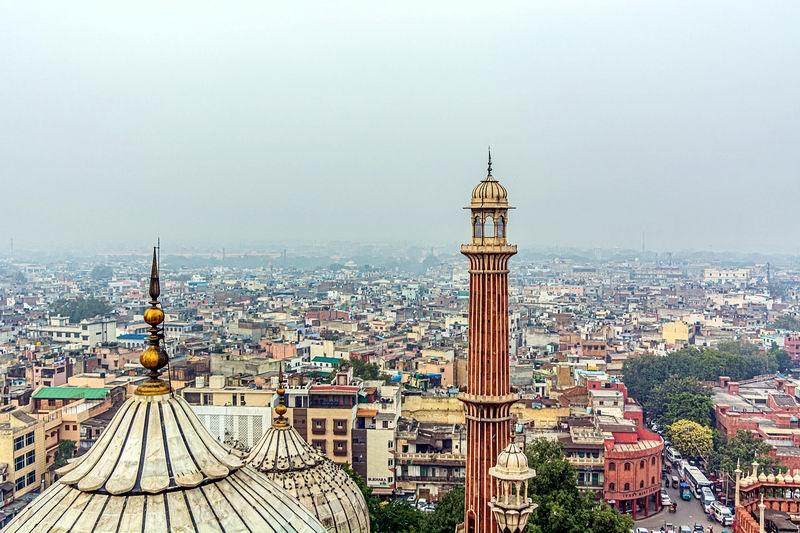This unique combination results in a wide range of temperatures and precipitation levels, which vary significantly between the summer and winter months.
During the summer season, New Delhi experiences scorching heat, with temperatures often soaring to unbearable levels. The mercury can reach as high as 45 degrees Celsius, making it imperative for residents and visitors alike to take necessary precautions to beat the heat. Hydration is key during this period, as the sweltering weather can lead to dehydration and heat-related illnesses.
On the other hand, the winter season in New Delhi brings a pleasant change in weather, with temperatures dropping to as low as 4 degrees Celsius. While the cold may not be as extreme as in some other parts of the country, it is still essential to bundle up and stay warm, especially during the chilly nights.
The winter months also see a decrease in rainfall, making it the ideal time to explore the city’s numerous outdoor attractions and indulge in outdoor activities.
The monsoon season in New Delhi, which typically spans from June to September, brings much-needed relief from the scorching summer heat.
The city receives a significant amount of rainfall during this period, rejuvenating the surroundings and adding a touch of freshness to the air. However, it is important to note that the monsoons in New Delhi can be accompanied by occasional heavy showers and thunderstorms, so it is advisable to carry an umbrella or raincoat while stepping out.






